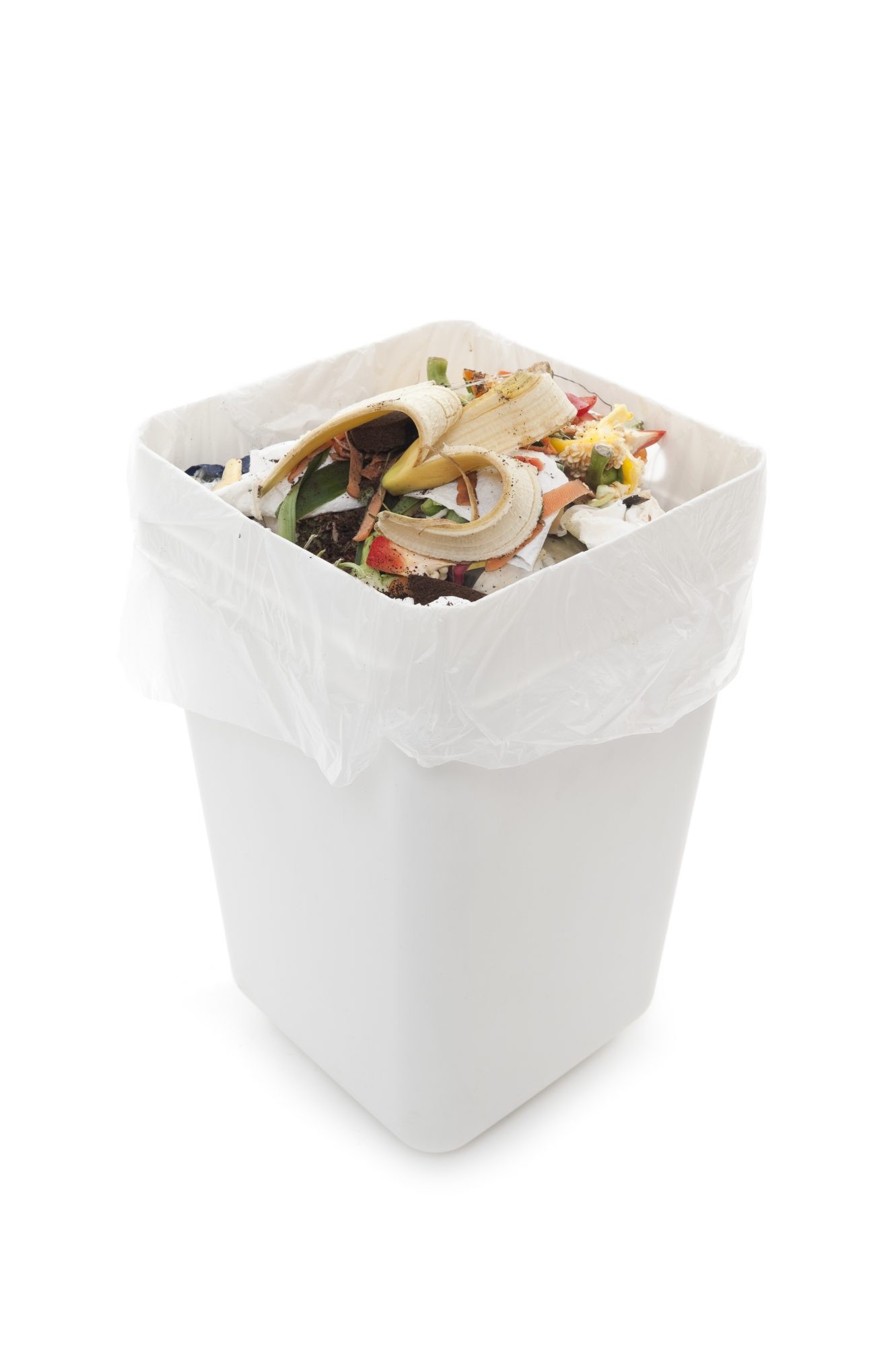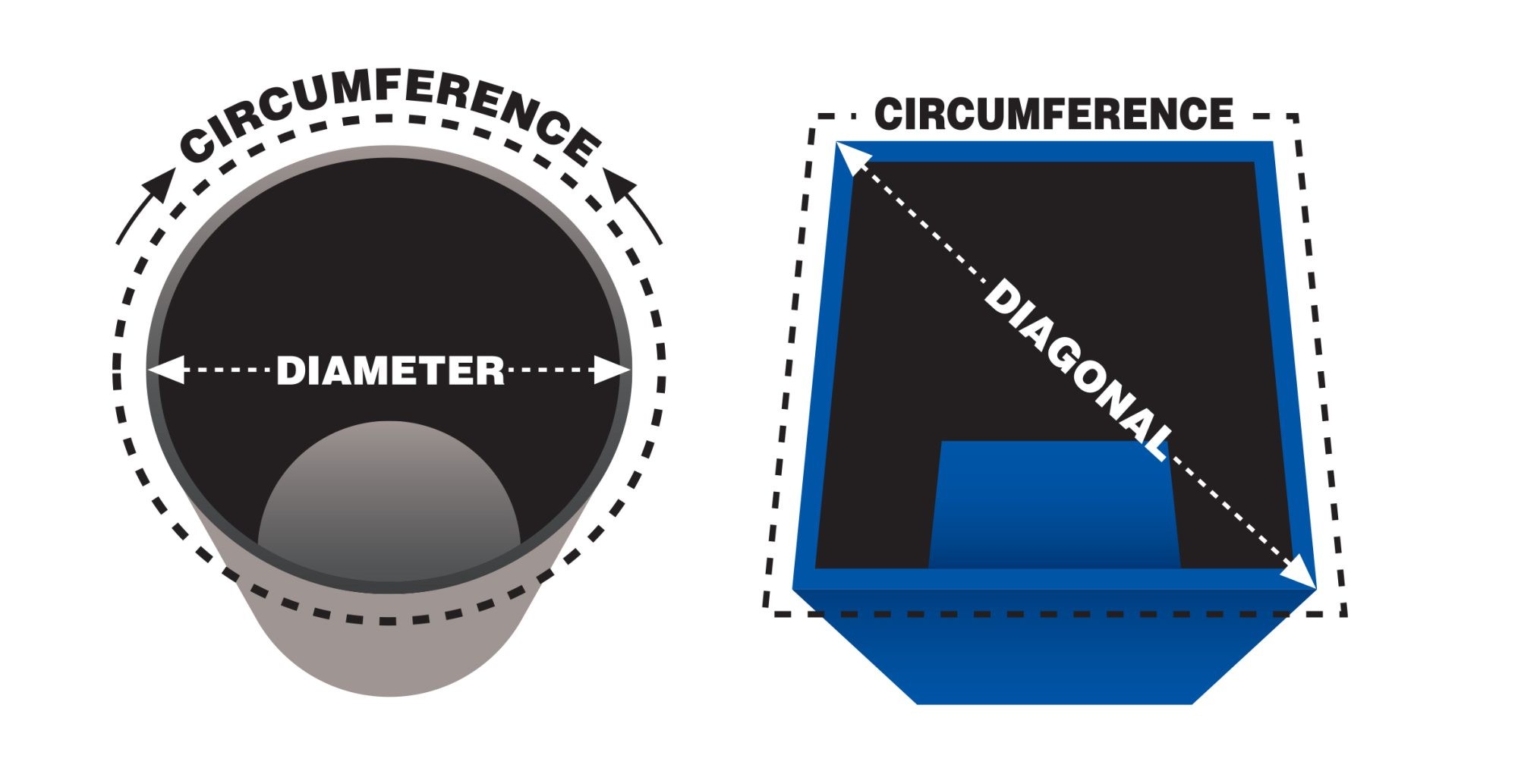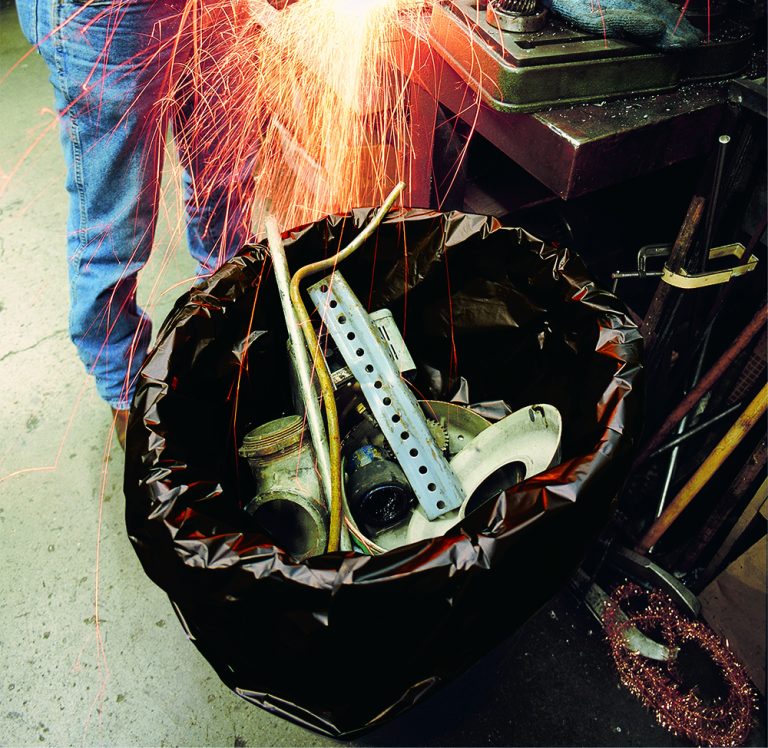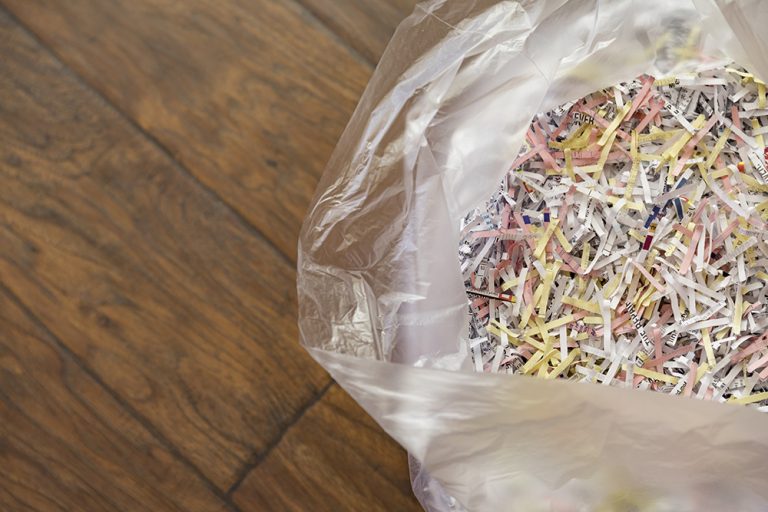Why Gauge Isn’t Always Important
Film thickness is no longer a satisfactory standard for judging overall strength. The development of improved LLDPE resin in the liner industry has completely changed the standard method for selecting the correct can liners. These materials have allowed manufacturers to produce thinner, lighter trash bags which are stronger and more durable than the thicker bags previously made from low density resin. This is why gauge is no longer an effective way to determine liner strength. Instead of stating actual thickness, it is now generally accepted to use terminology such as “Light”, “Medium”, “Heavy”, and “Extra Heavy”.
Each manufacturer has its own blend formulations, so the proportions of these materials vary from one producer to another. The best way to determine the correct liner is to actually test some suggested samples. At Pitt Plastics, we have our own testing laboratory where we can test our liners or those of another manufacturer and provide you with the test results.






